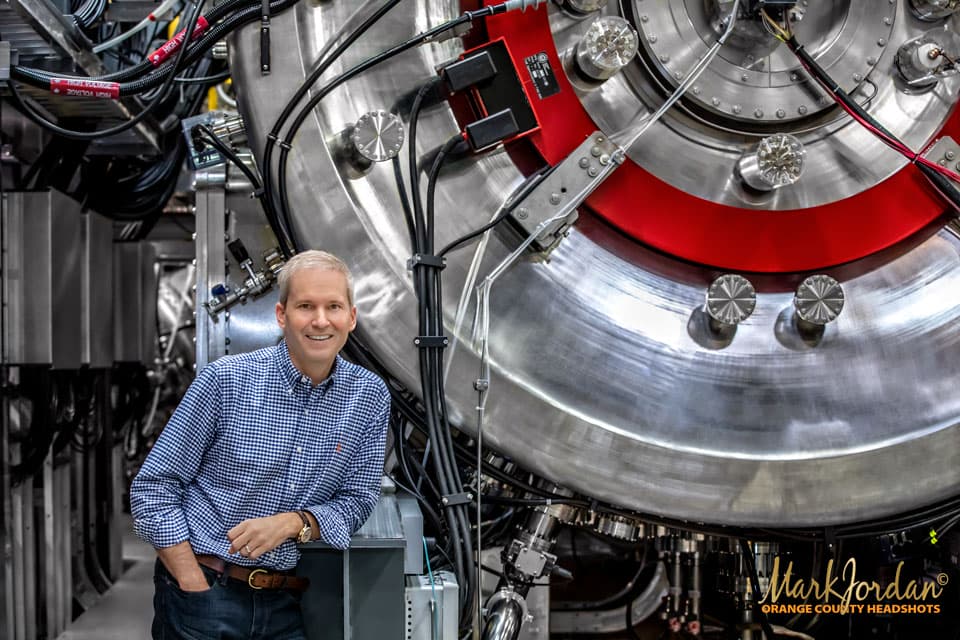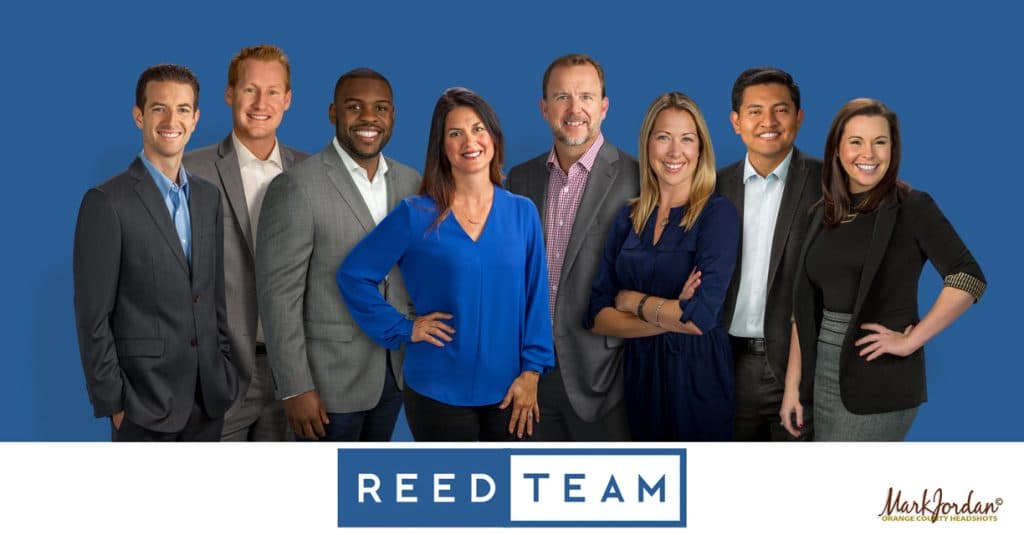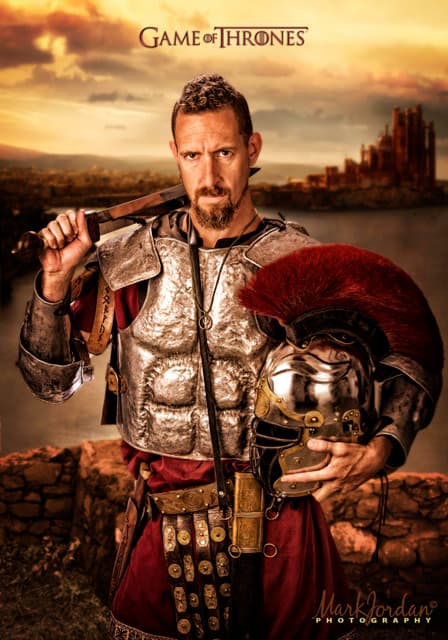So You Want To Be A Headshot Photographer – POSITIONING
Continuing our four-part series on So You Want To Be A Headshot Photographer – POSITIONING, by Orange County Photographer Lorin Backe, we will be delving into Four Keys to Headshot Photography – Part Two, Positioning. Though my series was written so each of the four factors is meaningful on its own, I do advise taking a quick look at section one, Planning, to get you up to speed and give you a greater sense of not only where we are going but why. Once you’ve had time to absorb factor two, the next two are Painting and Expression.
THE 4 KEYS TO HEADSHOT PHOTOGRAPHY
1. PLANNING – Consulting
2. POSITIONING – Composition
4. EXPRESSION – Expression, Expression
So, here we go, So You Want To Be A Headshot Photographer – POSITIONING.
KNOW WHAT THEY ARE TRULY LOOKING FOR
Ask yourself, what is the client before you trust you to accomplish? The reason I ask is that it’s vital to know the essence of your primary goal. HINT: the answer is not “to create a good photograph.”
Sure, feeling confident in your work may be why they chose you or articulated what they needed, but at the heart of why they are standing in your studio, trust me, it’s not just for the Headshot.

It’s Headshot Day. Your client is standing before you, looking their best, and their expectations are high. What next?
As mentioned earlier, this blog post is not the proper forum for an exhaustive recitation. Still, if effectuated, there is a pivotal mindset that will go a long way to making your Headshots stand out from the crowd.
At the heart of the matter, your new clients choose you because they feel they can rely on you to make them appear confident and trustworthy. I strongly suggest that somewhere in your session, this tidbit of inside knowledge somehow finds its way into your conversation.
For me, it will come out when I’ve taken an exposure that I feel exudes confidence, and out pops, “Yes, that was very nice – that’s a very confident look.”
Frequently, they’ll even stop the session to ask for the exposure number…
You see, looking credible, confident, and worthy of trust is what they truly desire.
Your mission then is to position them in such a way so that when your lovely headshot is posted on their web/social sites, people will gaze at their faces and think to themselves, “Now, here’s someone I can trust.”
That’s it! – in the proverbial nutshell.

CONSIDER THE CLIENT’S AUDIENCE
As a headshot photographer, I’ve spent considerable time reflecting on how good first impressions are made. I’ve carefully weighed which features attract and engender confidence and which factors turn people away. Having identified the most effective qualities, I incorporated them into my client’s headshots. Okay then, let’s get specific.
Therefore, it should follow that a headshot photographer would do best to consider the client and the client’s audience. After all, airing one’s headshot in the marketplace is primarily for the eyes of the viewer.
Are you with me so far?
We need to pay special attention – I will delve into a patch of psychology…
So then, please consider that regardless of how hectic a person’s schedule is, even the most successful among us will nonetheless make time for those who are of value to them.
Yes, they may soon be flying out of town, running down the road for an important meeting, or simply rushing to be home with family. Regardless, it does not mean that they are not passionate about people and are not willing to take a moment out of their day to attend to others.
Though there are exceptions to just about every rule (including this one), it’s a truism that people want to do business with busy people, which they equate to being successful.
As this relates to “positioning“, active people are not likely to sit in lapdog like fashion, over eager to be liked or elicit approval. Why? They’ve got too much on their plate. After all, they’ve got places to go and people to see!
Quickly then, revisiting my notion of considering the client’s audience, I’ve noticed that people tend not to respond well to brick walls. They are viewed as obstacles to overcome. Rarely do we think about interacting with a barrier. Needless to say, the straight-on, imposing positioning of the client’s torso may not only be subconsciously interpreted as deficient and unprosperous but also not user-friendly.
Therefore, though not always the case, again, as a general rule, I tend to turn my client’s body away from the camera center at around 45 degrees. Such is the attitude of positioning my clients for a Headshot portrait. My clients are moving forward and going places, but they also have made time to acknowledge the viewer by turning their heads toward the camera. After all, their audience is essential to them. The successful headshot communicates this fundamental message of accepting the viewer.
Once I’ve entered my camera room with my client, a typical headshot will begin by making non-verbal clues for my subject to sit on a three tiered set of stairs (I never been fond of posing stools), adjacent to my 6′ Larson Soft Box.
On a side note, I also wrap phone books in packaging tape and employ them as height adjusters. My phonebook keeps torsos fairly straight as they sit. This helps to avoid the slouch, which can add years, weight, and a tired-looking client.
If my clients have sat with their feet together on the same step, I kindly instruct them to place one foot either higher or lower than the other. I usually do not tell them which leg to switch or at what step to position it. My goal is simply that they remind their body how to sit in a relaxed fashion, not placed in the classic “toilet bowl” pose.
At this point, clients will relax even more, frequently resting/supporting their body upon their highest leg. Once they do, more natural expressions will soon follow, or at least ones that will be more freely released.
As the conversation between my client and me proceeds, and I ask them to share more about their vocation, they typically begin to settle in even more, and their seating arrangement becomes their own. This is usually a matter of no more than a few minutes. Once relaxed, I’ll begin to slowly walk towards my tripod (which I rarely use), pick up my Canon 5D Mark II, and start creating exposures (I am aware I have not mentioned tweaking my light to their face – this is yet for another blog, Part Three, “Paint with Light”).
Mind you, as I walk to the center of my camera room, the client frequently attempts to turn their body toward me. However, as they do, I gently instruct them to stay comfortable or say something like: “That’s OK, all I need is the attention of your face – your body is great where it is.”
The idea is not necessarily to tell them what to do but to give them permission to stay at ease. You see, for me, having my client’s torsos not only turned away but that they do so of their own accord engenders a more natural, honest reflection of who they are.
Remember, when their bodies are not facing the camera, it also denotes a feeling of motion, activity, and enterprise – success. That is, they’re going places and have things to do (psychology speaking)! However, despite all they appear to have going on in their busy, exciting world, they still have time for their audience and stop for a minute to look in their direction.
They’re, in effect, saying, “I see you. You are important to me.” Thus, and by now, obviously, my clients’ faces are turned back toward the camera (and sometimes not, as in the photographs of David Pack or Bryan Duncan), telling their audience that they matter to them.
Okay, so you might think, “No duh, I do all the time!” Yes, this is probably true. But up until now, did you understand why? Did you consider the psychology behind the aesthetic?
It’s the mindset. It’s like the rudder of a ship. The rudder is such a small device, especially compared to the enormity of the vessel that contains it. Still, the rudder determines the ship’s direction – even more so when it comes to the successful Headshot session.
I know it’s much easier to paint by the numbers simply, but once you understand why you do what you do, it will affect every aspect of your decision process. Not only that, but it will also help you position your clients naturally and effectively and bring out their character. Along the way, you’ll also advance your headshots’ relevance and credibility quotient to new heights.
So then, is this everything there is to know about “positioning”? Not even close. However, this IS a blog, and I’ve already sped past the typical 500-word blog length (by over 1,000 words), which, I am told, is “snooze-inducing.” I hope I kept you awake.
Ultimately, for me, that’s what successful POSITIONING is all about.
This Concludes So You Want To Be A Headshot Photographer? – POSITIONING. PART 3 is next, POSITIONING.

IN CLOSING
So then, when it is all said and done, how might a headshot photographer know that the session went well?
A successful Headshot photographer often hears from his clients: “My goodness, THAT was quick/fun!” Or my favorite: “Boy, that was painless!” Should you be fortunate to hear these compliments, or variations thereof, count yourself a blessed photographer – move on, and then repeat for a lifetime.
EXPERIENCE US
For anyone wishing to experience us firsthand, we’re happy to oblige. Please explore the possibility of having our studio create your professional headshot and see what it’s all about.
If so, the next step is to either contact us by email (Lorinphoto@gmail.com) or give us a call (949) 713-4050). We’ll spend whatever time it takes to familiarize you with how we operate our studio. This will include sharing our prices and process, as well as arranging a time to meet and discuss your headshot needs.
In the meantime, should you have questions regarding any aspect of So You Want To Be A Headshot Photographer – POSITIONING, no concern is too small.
Lorin Backe • Photographer
So You Want To Be A Headshot Photographer – POSITIONING
When looking for an Orange County Headshots Photographer please call 949-713-4050 or complete our online request form.
PRIMARY AREAS SERVED
Orange County Headshots Photographer, Lorin Backe, is internationally recognized and serves all of Southern California, including San Diego County, Los Angeles, and the Inland Empire.
For over four decades Orange County Headshots has served and created professional headshots in the cities of Aliso Viejo, CA | Anaheim, CA | Brea, CA | Buena Park, CA | Corona del Mar, CA | Costa Mesa, CA | Coto de Caza, CA | Cypress, CA | Dana Point, CA | Dove Canyon, CA | Fountain Valley, CA | Fullerton, CA | Garden Grove, CA | Foothill Ranch, CA | Huntington Beach, CA | Irvine, CA | Ladera Ranch, CA | Laguna Beach, CA | Laguna Hills, CA | Laguna Niguel, CA | Laguna Woods, CA | Lake Forest, CA | Los Alamitos, CA | Mission Viejo, CA | Newport Beach, CA | Orange, CA | Placentia, CA | Rancho Mission Viejo, CA | Rancho Santa Margarita, CA | Robinson Ranch, CA | San Clemente, CA | San Juan Capistrano, CA | Santa Ana, CA | Seal Beach, CA | Shady Canyon, CA | Trabuco Canyon, CA | Turtle Rock, CA | Tustin, CA | Tustin Ranch, CA | Villa Park, CA | Westminster, CA | Rancho Mission Viejo, CA | Yorba Linda, CA | Las Flores, CA | Modjeska Canyon, CA | Santiago Canyon, CA | Silverado, CA | Emerald Bay, CA |






